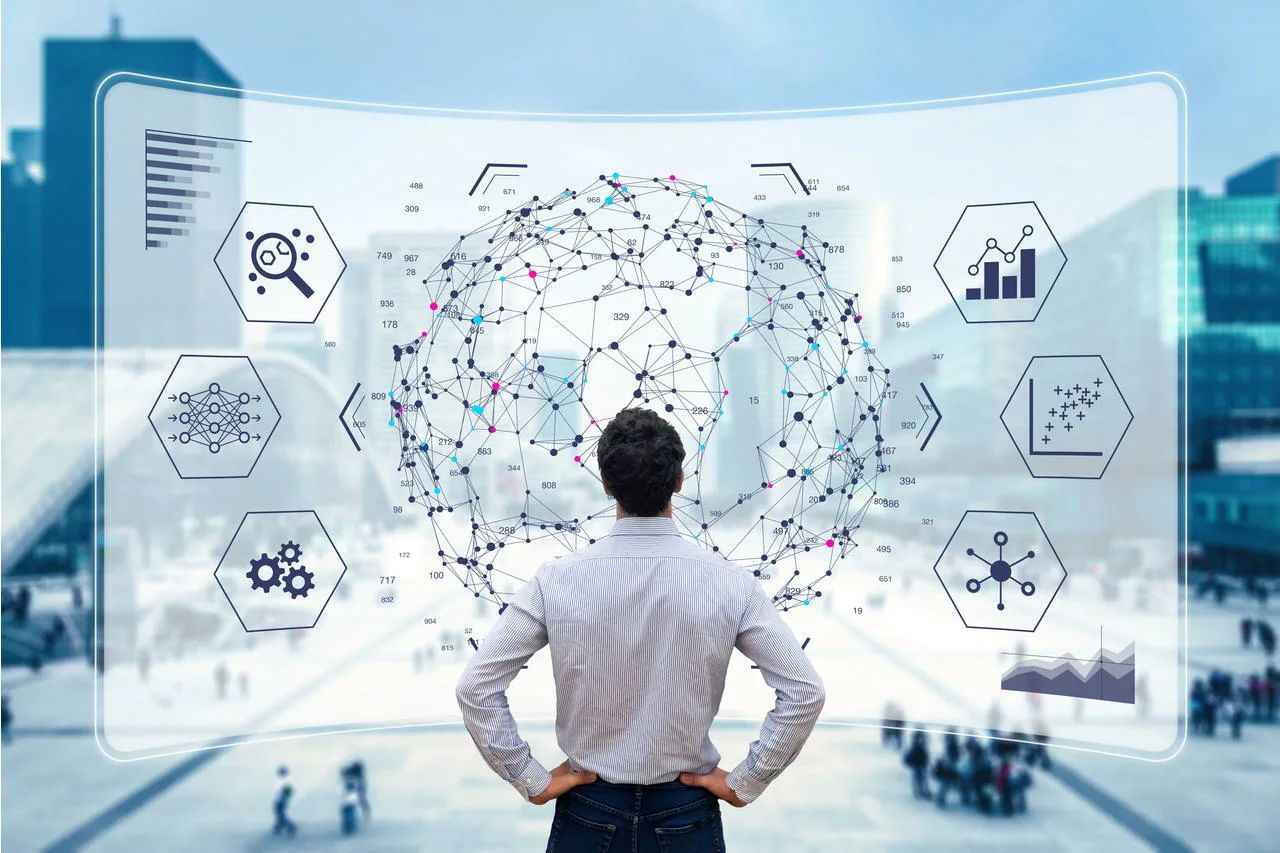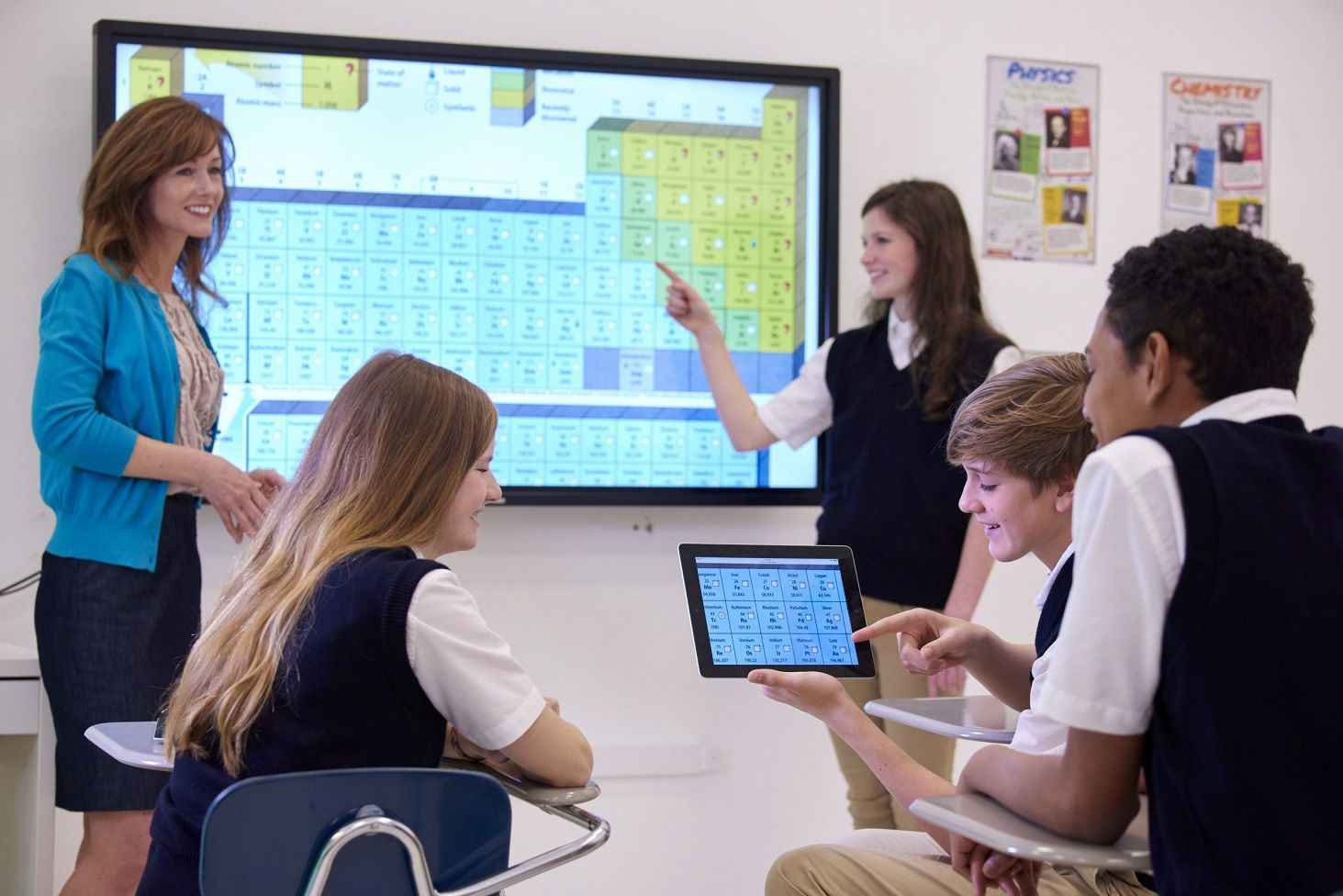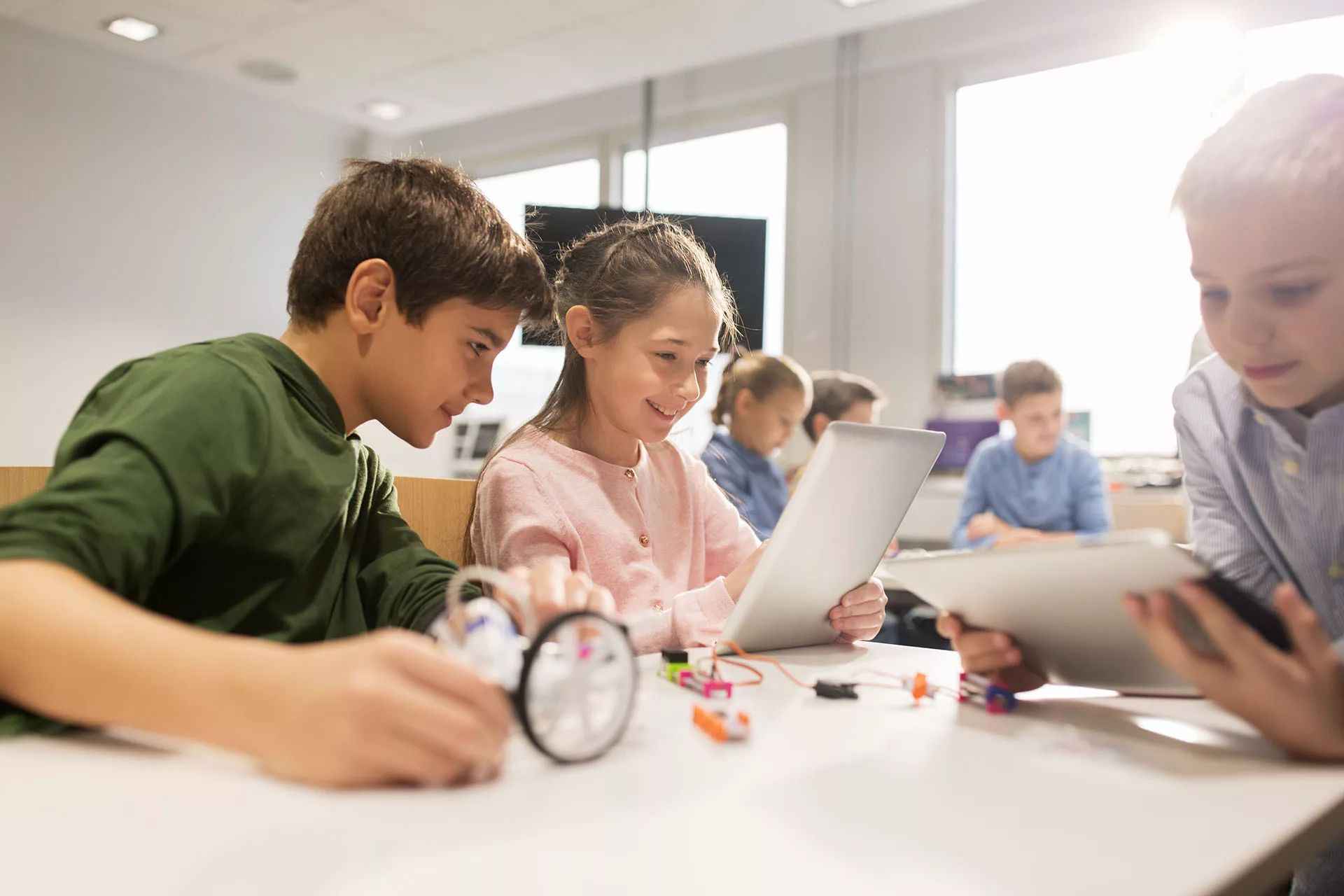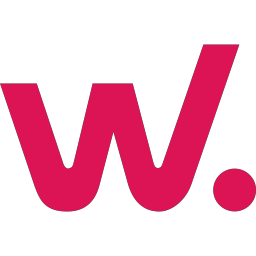Artificial Intelligence in Education: 18 Handy Tools for Teachers

Artificial intelligence (AI) tools personalize learning experiences, streamline administrative tasks, and increase student engagement. Teachers can save time on creating lesson plans or turn their text into colorful presentations and even videos. In general, there are several areas in which AI is becoming an indispensable tool for teachers:
• Intelligent educational platforms. These platforms use machine learning algorithms to tailor the learning experience to the needs of each student.
• Tools to automate administrative tasks. An automatic system for planning lesson plans, to-dos, checking class attendance, checking tests - all this helps teachers automate routine administrative tasks and free up time.
• Educational data analytics. AI can analyze student progress and formulate advice on organizing the educational process, for example, by determining the most effective methods of presenting information.
AI not only simplifies but also enriches the educational process. Students can study according to a program adapted to their level of knowledge, interests, and pace of learning the material. At the same time, teachers can use interactive teaching materials such as virtual laboratories, simulations, and educational games in the classroom to make learning more fun and understandable.
Benefits of AI in Education
Still not sure whether to include AI in your teaching toolkit? Let's take a look at how these cutting-edge tools can transform your approach to learning:
Increased efficiency. AI technology helps teachers increase their efficiency by freeing them from routine administrative tasks. This freed-up time allows teachers to focus on the real purpose of teaching: interacting with students and creating engaging and interesting lessons.
Insightful analytics. AIs collect information about academic performance. This is invaluable information for educators, as it helps identify areas of learning in which students are struggling. Maybe the student is struggling with math, or maybe he feels insecure because he is falling behind others in music class.
Personalized educational experience. Artificial intelligence is the cutting-edge technology for personalized learning. AI analyzes class performance, and teachers can plan lessons that take into account each student's strengths and weaknesses. Based on the collected data, the teacher can provide timely support and select teaching methods that will help the student solve the problem and improve his results.
Increasing student engagement. AI includes interactive elements and gamification in lessons. Students show more interest, and the learning process captivates them. In addition, the game form makes it easier to remember information.
Now let's look at the best AI tools for teachers!

AI Tools for Educators
AI tools are improving the methods teachers use to manage their time and the educational process. AI can now draft a lesson plan, provide a list of ideas for creative challenges, and improve communication between students and teachers.
1. Bing Chat: It uses ChatGPT-4. Bing Chat helps you analyze web pages, summarize articles, come up with ideas for class discussions, and more. The tool is free and available through the Bing website or the Microsoft Edge browser.
2. ChatGPT: This is an artificial intelligence chatbot that learns based on previous user interactions. It can offer answers to a wide range of questions or generate text based on the user's request.
3. Google Bard: An experimental chat service that tries to resemble a live interlocutor. Overall, it is convenient because it uses AI to generate thoughtful responses to queries.
4. Pi: Here is a personal assistant that is configured to perform various tasks. It is available at any time and is completely free.
Visual and Design Tools
Artificial intelligence generates not only texts but also images. However, modern tools have advanced. Today, it is possible to turn text not just into a picture but into an entire video. Streamlining content creation and creative expression has been taken to the next level with AI.
5. Adobe Express with Firefly: The user can enter a text query, which will result in an image and text effect with a unique design.
6. Bing Image Creator: Like Firefly, this generative model creates images for which the user enters all or part of the description into a text box.
7. Pictory: This script-based platform creates engaging videos that a teacher or student can show in class. However, please note that the free plan limits some features.
8. Canva Classroom Magic: The platform contains a whole set of tools that can generate an article, image, or video based on a text request.

Tools for Lesson Development and Content Creation
AI tools help develop educational materials for classes, but they do so in different ways. For example, some platforms generate images and videos, while others generate a ready-made presentation with text and illustrations. In addition, AI improves learning processes by making it easier to create interactive elements and find educational resources for lessons.
9. Curipod: It creates presentations on a given topic. At the same time, the user can independently edit the finished version if the result does not suit him in some way. Thanks to such tools, the teacher will reduce the time spent preparing a lesson.
10. Diffit: This is another tool that helps teachers. It collects sources of information and links to various resources at the user's request.
11. MagicSchool.ai: The platform is optimized for lesson planning, test checking and grading, and content creation.
12. Education Copilot: This platform provides templates for lesson plans, handouts that teachers can print before class, and more.
Teaching Assistants
AI tools are becoming real teacher assistants. They devote time to checking homework and, in some cases, can partially replace the teacher himself when dealing with the student.
13. Grammar: This is the last spelling: grammar, spelling, style, and even tone. The functionality of the platform does not end there, which is why it is especially in demand among teachers.
14. Hello History: This is a fun app that adds variety to the learning process. The user can communicate with historical figures. Since the application uses the GPT model, the dialogue is quite realistic.
15. Goblin Tools: The platform helps neurodivergent people complete tasks that are generally impossible for them to do.
16. gotFeedback: Students get more personalized feedback through this platform.

Test/assessment generators
AI tools help not only check but also create tests. As a result, teachers are able to more effectively monitor student performance and promptly identify a lack of knowledge in the discipline.
17. QuestionWell: It is used to generate multiple-choice questions on a test topic based on the sources provided. The teacher only needs to upload a textbook to the platform to receive ready-made options for the next test.
18. Conker: It is used to compose quizzes based on the provided database or internet content. The platform creates several options at once, so students can take the quiz more than once in one lesson. This game element will diversify the lesson and allow students to take a break from hard work.
In conclusion, the best AI tools for teachers can improve education by offering personalized learning experiences, automating administrative tasks, and increasing student engagement.
Educators can create more engaging, inclusive, and effective learning environments with the right tools.
